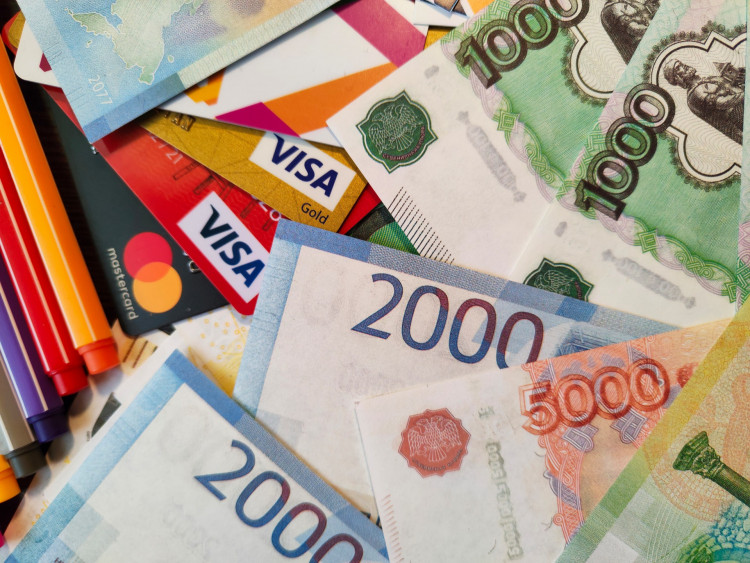The Russian ruble has plummeted to its lowest level against the dollar in 16 months, largely due to surging military expenditures, declining export revenues, Western sanctions, and escalating capital outflows. The current exchange rate hovers around 1 dollar to 101.29 rubles.
Since the start of the year, the ruble's value has decreased by over 25%.
Rising Defense Expenditure and Currency Depreciation: The past year has seen a significant rise in the Russian government's defense spending, leading to an increased budget deficit, which in turn has put pressure on the currency's value. With the spike in expenditure, imports for the first half of the year grew by 20%. A lack of foreign exchange has resulted in a shortage of the Russian currency, accelerating the ruble's descent.
Trade dynamics have significantly influenced the ruble's exchange rate ever since foreign trade came to a standstill last spring. Official data released last week revealed that Russia's current account surplus (the difference between exports and imports) decreased by 85% in the first seven months of this year compared to the same period in 2022.
Shift in Import Origins: Currently, all consumer goods and finished products are being imported from nations like China, Turkey, Central Asia, and the UAE, instead of the West.
Further Pressure from Western Sanctions: Western sanctions and a halt in Russian energy purchases have restricted Russia's oil sales revenue, adding more pressure on the ruble. In the first seven months of this year, due to embargoes and price caps set by the G7, the revenue from the sales of Russia's primary export products - oil and natural gas - fell by over 40% compared to 2022. However, with the OPEC+ cutting production in the past two months, oil prices have risen, leading to a rebound in Russia's energy revenue in July, surpassing 800 billion rubles for the first time since the sanctions were imposed.
Inflation Woes Amid Currency Depreciation: Over the past year, the Russian Central Bank slashed interest rates from 20% to 7.5%, resulting in soaring inflation. The central bank recently stated its intentions to hike rates at the next scheduled meeting to stabilize inflation at a target of 4%. However, it added that the dramatic drop in the ruble would not pose a threat to Russia's financial stability.






